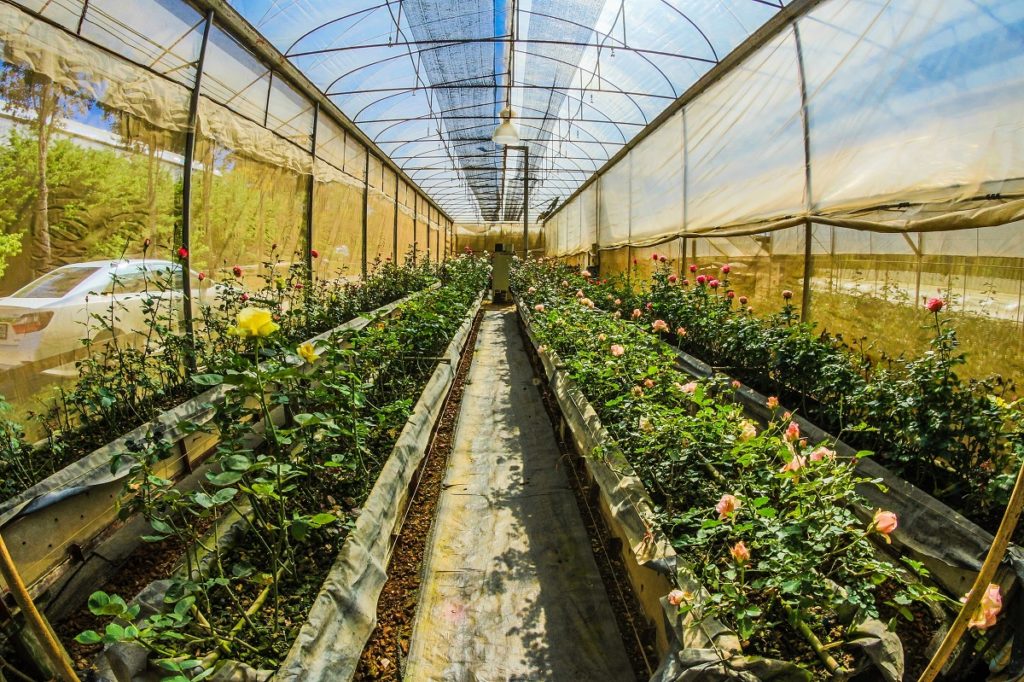It’s better to err on having too much heat than not having enough, especially when it comes to greenhouses. Greenhouses are meant to be warm and cooling down a heated greenhouse is a lot easier than heating a cold one. Of course, there are specific measures you can take to make sure your greenhouse stays warm all-year-round.
Choose an Alien-like Structure
If you’ve seen greenhouses that look like they were taken from a set of Star Trek, those were probably geodesic domes. These domes have a structure that absorbs and retains heat more efficiently than standard greenhouses. Their dome-like curvature allows them to absorb heat and light consistently throughout the day; rectangular greenhouses receive less heat and light during the early morning and late afternoon, only getting maximum exposure during midday. The same dome-like structure also allows for better air circulation and even temperatures. There are no corners for wind or snow to accumulate, hence no cold spots inside your greenhouse. Geodesic domes have a high volume to area ratio, meaning you have more space inside your dome compared to a rectangular conservatory with roughly the same floor area. Even with their bigger volume, geodesic domes have 30-40 percent less surface area than regular greenhouses. This makes them less susceptible to heat loss during the winter months.
Use Modern Materials
Traditional glass in modern greenhouses is slowly getting replaced by more efficient polycarbonate sheets. These modern glass alternatives provide better insulation and are a lot more durable than glass. Strong hail or even thrown rocks won’t do much damage to a polycarbonate greenhouse, ensuring you won’t suddenly find your greenhouse broken and filled with snow. Polycarbonate sheets transfer and retain heat more efficiently than the usual greenhouse glass. An additional layer of air inside the sheets keeps out the cold but allows sunlight and heat to pass through. Polycarbonate sheets also disperse sunlight, ensuring a more even distribution of light and warmth inside your greenhouse, while also filtering out ultraviolet rays that can damage your plants and limit their efficiency in processing much-needed nutrients.
Control the Heat

Greenhouses are designed to absorb and retain heat. However, too much heat can be detrimental to your plants. Keep your plants cool during heat waves or particularly hot summers by putting up window shades that regulate the amount of sunlight and heat that enters your greenhouse. Add a small pond which can absorb extra heat and provide a bit of humidity during arid days. Window shades can quickly be taken down once summer is over, but a pond can be a permanent fixture in your greenhouse. Venting is another option. However, it opens your greenhouse to outside pests as well as dirt and pollution. You can also cultivate heat-loving plants during summertime and fill your greenhouse with peppers, tomatoes, and watermelons — or zinnias, marigolds, and geranium.
In the end, a cool greenhouse isn’t a perfect one. You should choose a greenhouse that cranks up the heat and keeps you gardening throughout the winter.




